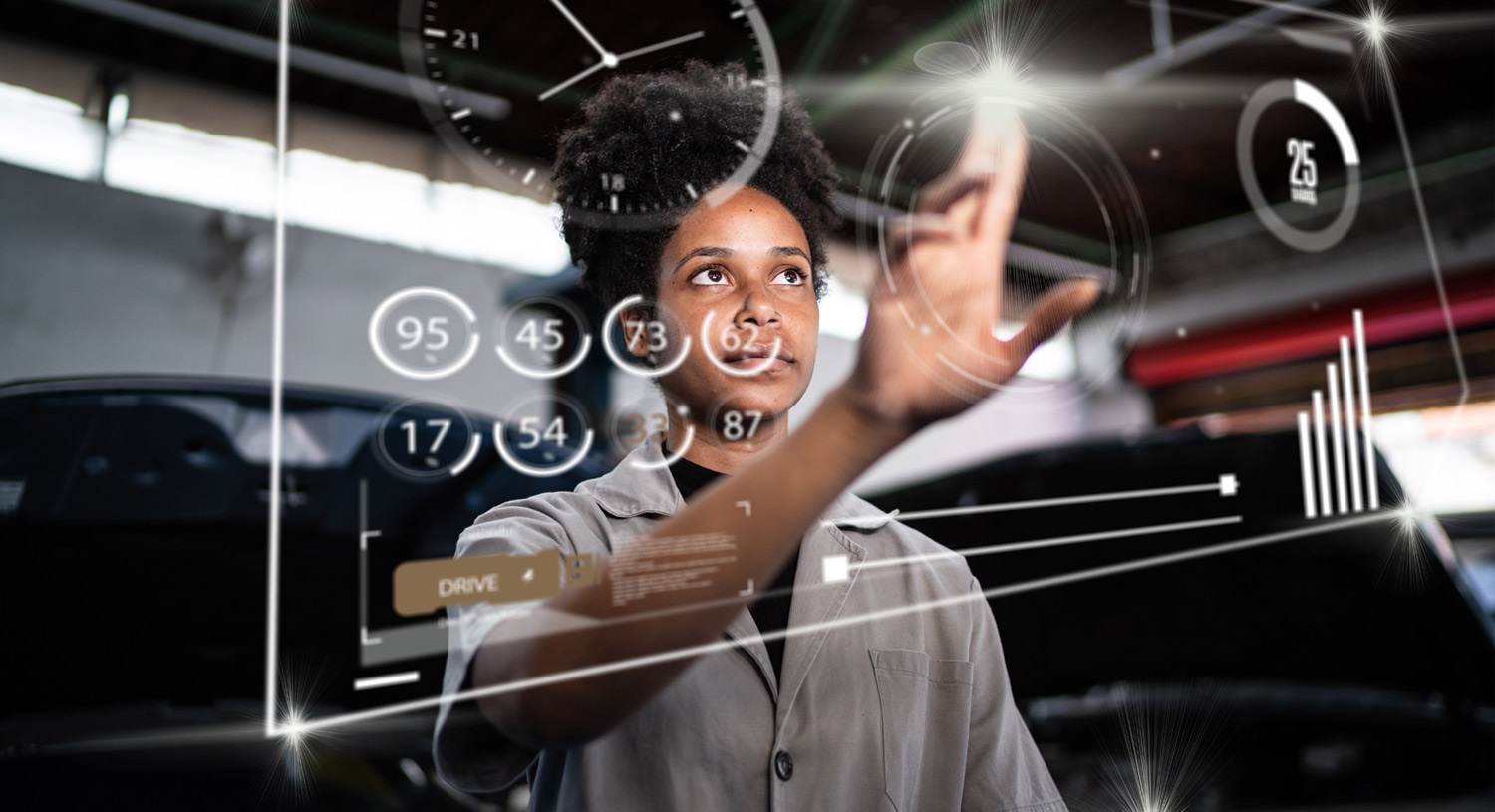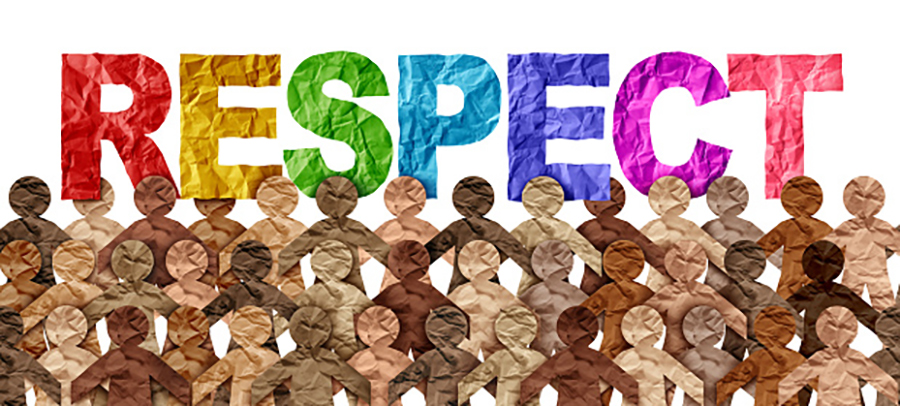By Jeannette Lee-Parikh

Knowledge acquisition, even if the face of the potential disruption ChatGPT raises, is still largely accomplished through content regurgitation. Why do we need students to reproduce content that can be found using Google search, Wikipedia, YouTube, even TikTok, and now ChatGPT? If the answer can be found using any of these tools, then it was a question not worth being asked in a formal learning environment because essentially it is a query not designed to incite curiosity, foster critical thinking, and inspire the imagination. An apt analogy also from the world of education would be to return to weekly vocabulary and grammar tests when ubiquitous spelling and grammar checks are commonly accepted AI tools. Instead, forward-thinking English departments remind students to use the built-in spell checks and focus on helping students make intentional rhetorical choices by using writing and literature models. Which approach incites curiosity, fosters critical thinking, and inspires the imagination of students? Which approach aligns with progressive education?
If we take progressive education seriously, which includes experiential learning, problem-solving, collaborative learning, active participation in a democratic society, integrated curriculum, and lifelong learning, then information acquisition, of which the AP African American History class is an example, wouldn’t dominate. In “The Meaning of African American Studies,” Robin D. G. Kelley, a professor of history at U.C.L.A. and one of the authors whose work was removed from the revised course, explains that African American studies/Africana studies/Black studies at the university level is the study of Black lives: “the structures that produce premature death, that make us [Black people] vulnerable; the ideologies that both invent Blackness and render Black people less than human; and, perhaps most important, the struggle to secure a different future.” Whereas, according to Kelley, the College Board defined AP African American History as “an interdisciplinary approach, with the rigors of scholarly inquiry, to analyze the history, culture, and contributions of people of African descent in the U.S., and throughout the African diaspora.” The College Board’s approach, Kelley further argues, is about making Black people feel better about Black accomplishments and isn’t about trying to “understand how Black people came into being in the modern world—how that process through kidnapping, enslavement, the extraction of labor, the extraction of ideas, was foundational to the modern world.” It is my contention that this fundamental difference between the AP’s approach and the goal of African American studies is the difference between content acquisition and meaningful learning that is transformative because of how it incorporates real-world experience. The latter is the goal of progressive education.


Knowledge acquisition, even if the face of the potential disruption ChatGPT raises, is still largely accomplished through content regurgitation. Why do we need students to reproduce content that can be found using Google search, Wikipedia, YouTube, even TikTok, and now ChatGPT?
For Dewey, education is “the process of forming fundamental dispositions, intellectual and emotional towards nature and [others].” Learning, according to Dewey, is a “cumulative, progressive process where learners move from the dissatisfying phase of doubt toward another marked by the satisfying resolution of a problem.” Essentially, what we aim to cultivate in progressive education is the learner as a problem solver and creative thinker, which can lead to innovation. However, as George Land, Ph.D., who studied creativity, explains, our current education system is designed to leach creativity out of students. He provides a startling statistic: 98% of 4/5-year-olds possess genius levels of creativity but only 2% of 31-year-olds possess similar levels of imagination. Rather than treat the learner as a blank slate to write information on, we should take the progressive approach that a student is an active participant in their learning. In fact, Dewey explains in How We Think that “the native and unspoiled attitude of childhood, marked by ardent curiosity, fertile imagination, and love of experimental inquiry, is near, very near, to the attitude of the scientific mind,” which by the way is the insight of The Scientist in the Crib: What Early Learning Tells Us About the Mind that babies and young children instinctively use the same methods as scientists to learn about the world.
Dewey was writing in the late 19th and early 20th centuries. Now over a century later, the American education system, whether independent or public, still seems to be largely stuck in a model of learning that hasn’t used Dewey’s transformative insights, which late 20th and early 21st-century scientists are confirming are key to how we learn as a species.

In 1929, Dewey wrote in the Quest for Certainty that “Every great advance in science has issued from a new audacity of imagination.” Our imaginations, through science and the arts, have brought us this constantly changing, ever more technological digital world. The least we can do is ensure that we educate our students to thrive in this uncertain digital age by continuing to incite their curiosity, foster their critical thinking, and inspire their imagination while rejecting the reign of information acquisition. In other words, pivot to progressive education.
About the author
This article is made possible by our partners at Intrepid Ed News.